-
- PCB TYPE
- PRINTED CIRCUIT BOARD PROTOTYPE ALUMINUM PRINTED CIRCUIT BOARD R&F PCB FPC HIGH FREQUENCY PCB HIGH-TG PCB HEAVY COPPER PCB HDI PCB PCB FOR LIGHTING METAL CORE PCB
time:Aug 21. 2025, 12:52:53
CEM3 PCB has evolved beyond its traditional role as a mid-tier substrate, emerging as a linchpin in sustainable electronics and flexible device design. As the industry grapples with e-waste crises and the demand for adaptable form factors, CEM3’s unique composition—non-woven glass core, woven glass outer layers, and epoxy resin—positions it as a versatile solution that balances performance, cost, and environmental responsibility. Unlike high-cost FR4 or limited-life paper-based substrates, CEM3 offers a compelling blend of mechanical resilience and recyclability, making it a cornerstone of circular economy initiatives. This article explores CEM3 PCB’s role in sustainable manufacturing, its adaptability to flexible electronics, integration with smart production systems, and expanding applications in emerging tech sectors. By examining its eco-friendly attributes and design flexibility, we highlight how CEM3 is redefining the possibilities of mid-range substrates in a rapidly evolving industry.
The global e-waste crisis—projected to reach 74 million metric tons by 2030—demands substrates that minimize environmental impact throughout their lifecycle. CEM3 PCB addresses this challenge through inherent recyclability and design for disassembly, making it a key player in circular economy models:
CEM3’s glass fiber reinforcement and epoxy resin are inherently separable, enabling efficient recycling. Unlike FR4, which requires energy-intensive processes to separate woven glass layers, CEM3’s non-woven core simplifies material recovery. Mechanical recycling techniques—such as shredding and sieving—separate copper cladding (recoverable at 95% purity) from glass fibers and resin. The glass fibers, once cleaned, can be repurposed in construction materials or as fillers in new CEM3 production, reducing reliance on virgin resources. Epoxy resin, though more challenging to recycle, can be pyrolyzed to recover energy or broken down into monomers for reuse in low-grade plastics, diverting waste from landfills.
CEM3’s mechanical stability—including resistance to thermal cycling and chemical exposure—extends the lifespan of devices, reducing the frequency of replacements. In consumer electronics like smart home hubs or kitchen appliances, CEM3 PCBs withstand 5–7 years of operation, outperforming paper-based CEM1 by 2–3 years. This longevity directly reduces e-waste, as fewer devices are discarded prematurely. Additionally, CEM3’s compatibility with modular design—where components can be replaced individually—supports repair culture, further extending product lifespans.
CEM3 production generates 20–30% fewer carbon emissions than FR4, primarily due to lower curing temperatures and simpler lamination processes. The use of water-based coolants and solvent-free resins in modern CEM3 manufacturing eliminates hazardous waste, aligning with EU EPR (Extended Producer Responsibility) regulations and similar global standards. For manufacturers, this translates to lower compliance costs and enhanced brand reputation as eco-conscious consumers prioritize sustainable products.
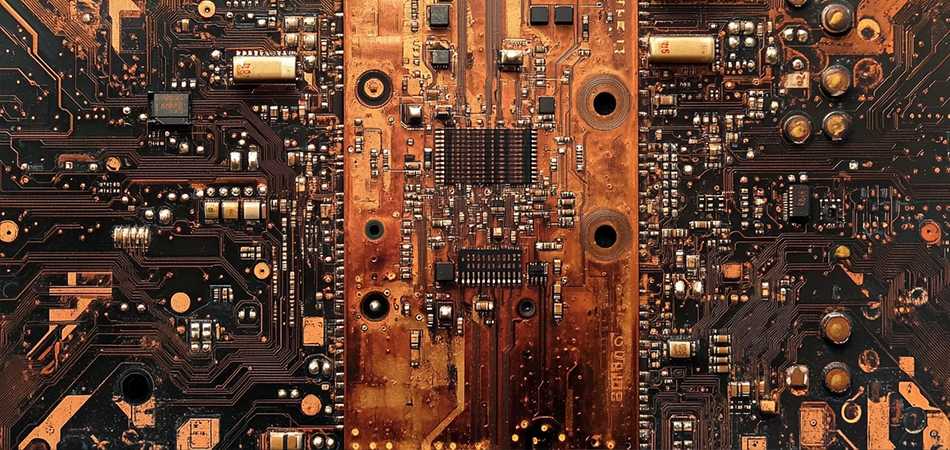
The rise of wearable devices, curved displays, and conformable sensors demands substrates that combine rigidity with flexibility. CEM3 PCB, long associated with rigid applications, is undergoing innovations to meet this need, blurring the line between rigid and flexible substrates:
By reducing the thickness of the non-woven glass core to 0.1–0.3mm (from the standard 0.5–1.0mm), manufacturers have developed flexible CEM3 variants that can bend to radii as small as 10mm without cracking. These thin-core substrates retain the mechanical strength of standard CEM3 but add the ability to conform to curved surfaces, making them ideal for wearable fitness trackers and medical patches. The woven outer layers, preserved at reduced thickness, provide structural support during bending, preventing delamination even after 10,000+ flex cycles.
Modified epoxy resins with higher elongation at break (up to 30% vs. 5–10% in standard CEM3) are enabling greater flexibility without sacrificing thermal resistance. These resins incorporate elastomeric additives that absorb stress during bending, reducing the risk of fiber breakage. In applications like smartwatch bands, where the PCB must withstand repeated flexing during use, these resins ensure reliable performance over the device’s lifespan.
CEM3 is increasingly used in hybrid rigid-flex PCBs, where rigid sections (for components like processors) are connected to flexible CEM3 segments (for wiring). This design combines the best of both worlds: the stability of rigid CEM3 for high-power components and the flexibility of thin-core CEM3 for interconnections. In foldable smartphones, for example, hybrid CEM3 PCBs connect the display to the main board, withstanding the stress of repeated folding while maintaining signal integrity.
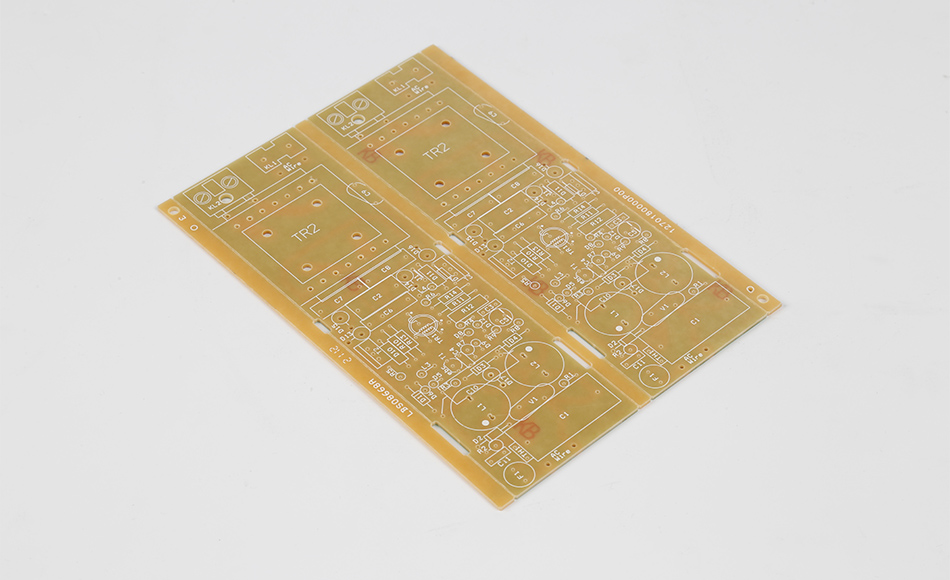
Industry 4.0’s emphasis on automation, data-driven production, and real-time monitoring is transforming PCB manufacturing. CEM3 PCB’s consistent material properties and process compatibility make it a natural fit for smart manufacturing systems, enhancing efficiency and quality:
CEM3’s uniform surface finish and predictable material behavior simplify automated optical inspection (AOI). Machine vision systems can more accurately detect defects like copper trace anomalies or resin unevenness on CEM3 than on substrates with variable textures (e.g., paper-based CEM1). This reduces false positives in defect detection, improving inspection accuracy to 99.5% and lowering rework costs. In high-volume production—such as TV remote control PCBs—this translates to faster throughput and higher yield.
CEM3’s well-characterized material properties (e.g., thermal expansion coefficient, flexural modulus) enable accurate digital twin modeling, where virtual replicas of PCBs are tested for performance before physical production. Engineers can simulate how CEM3 PCBs will behave under thermal stress or mechanical load, optimizing designs for specific applications. In automotive electronics, this allows manufacturers to predict how CEM3-based control modules will perform in extreme temperatures, reducing the need for physical testing.
CEM3 PCBs are increasingly integrated with RFID tags or QR codes during manufacturing, enabling real-time tracking through the supply chain. This traceability ensures that each PCB can be linked to its production batch, material sources, and test results, simplifying quality control and recall management. For industries like aerospace, where component traceability is mandatory, this feature makes CEM3 a viable alternative to more expensive substrates.
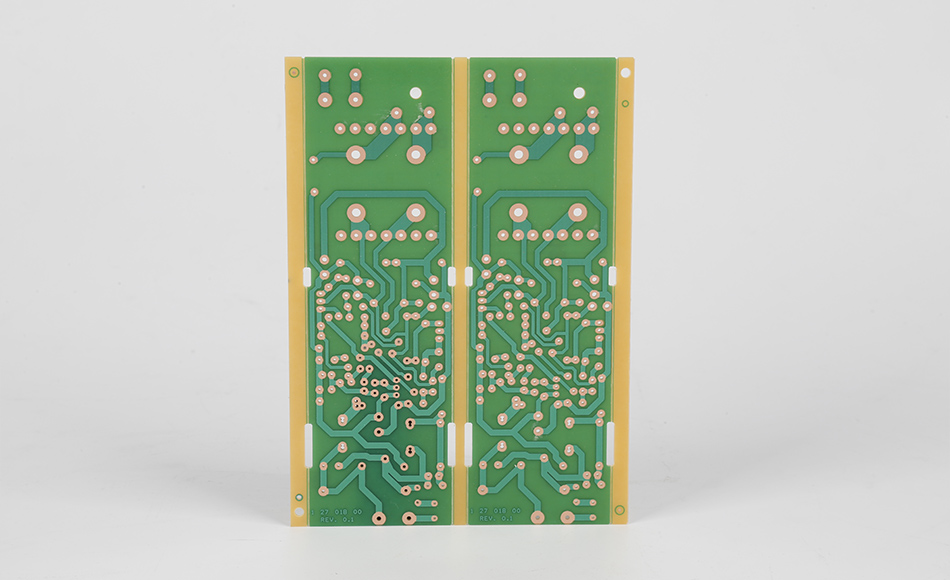
CEM3 PCB’s versatility—spanning sustainability, flexibility, and smart manufacturing compatibility—is opening new application areas beyond its traditional uses:
Sensors deployed in farm fields to monitor soil moisture and nutrient levels rely on CEM3 PCBs for their durability and cost-effectiveness. CEM3’s resistance to moisture and UV exposure ensures reliable performance in outdoor environments, while its recyclability aligns with sustainable agriculture practices. In precision farming systems, CEM3-based sensors transmit data wirelessly, enabling efficient resource use.
CEM3 PCBs power sensors in smart city infrastructure, including traffic lights, waste management systems, and streetlights. Their ability to withstand temperature swings and humidity makes them suitable for outdoor deployment, while their low cost allows for large-scale implementation. In smart streetlights, CEM3-based controllers adjust brightness based on ambient light, reducing energy consumption by 30–40%.
From coffee makers to air purifiers, household appliances increasingly use CEM3 PCBs for their balance of performance and cost. CEM3’s thermal resistance (up to 130°C) handles the heat generated by heating elements, while its electrical insulation prevents short circuits in humid environments. Manufacturers appreciate CEM3’s compatibility with automated assembly, reducing production costs for high-volume appliances.
Low-cost educational kits for students and hobbyists rely on CEM3 PCBs to balance affordability with functionality. Arduino-compatible boards and DIY electronics projects use CEM3 for its ease of soldering and reliability, making electronics education more accessible. CEM3’s durability ensures these kits withstand repeated use in classroom settings.
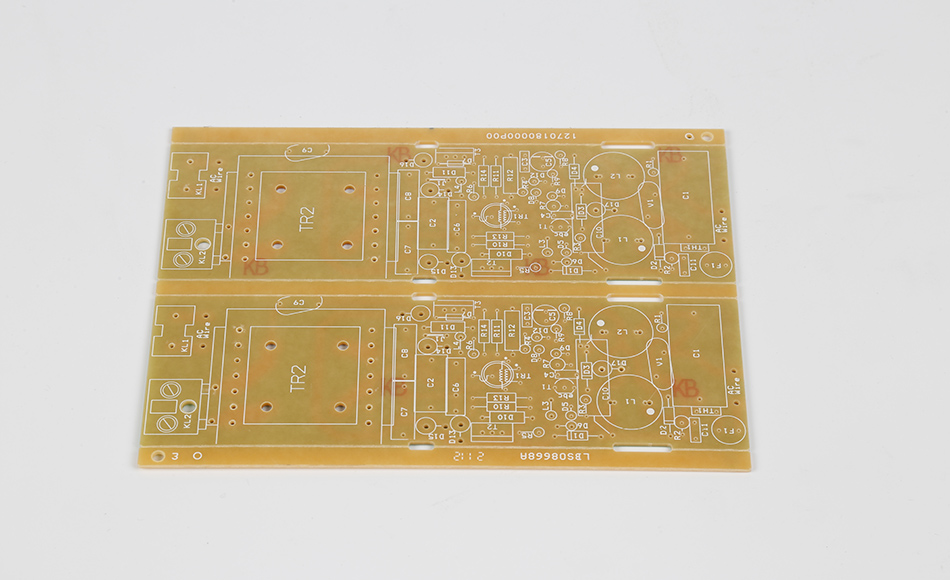
CEM3 PCB’s unique combination of properties positions it favorably against alternatives in key emerging applications:
FR4 offers superior performance but at a higher environmental cost. For applications like smart home devices, where extreme performance is unnecessary, CEM3 provides 80% of FR4’s functionality with 30% lower carbon emissions and easier recyclability.
FPCs excel in extreme flexibility but cost 3–5x more than flexible CEM3. For applications like fitness trackers, where moderate flexibility is sufficient, thin-core CEM3 delivers comparable performance at a fraction of the cost, making it ideal for mass-market devices.
CEM1 is cheaper than CEM3 but less durable and harder to recycle. In appliances and industrial sensors, where longevity matters, CEM3’s higher upfront cost is offset by lower replacement rates and recyclability benefits.
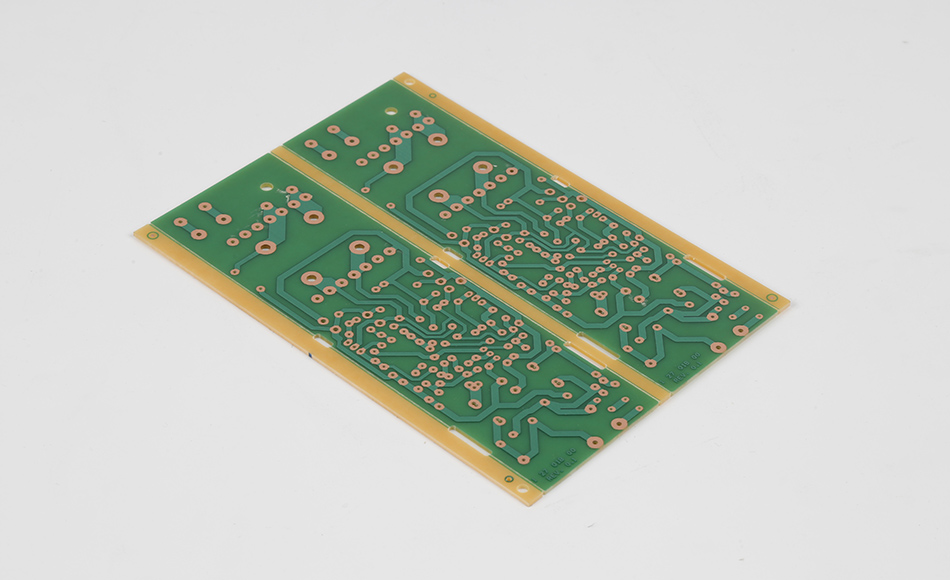
Ongoing research and development promise to further expand CEM3 PCB’s capabilities, ensuring it remains relevant in future electronics:
Researchers are developing CEM3 variants using bio-based epoxy resins derived from plant oils and recycled glass fibers. These sustainable substrates aim to reduce the carbon footprint by 50% compared to traditional CEM3 while maintaining performance. Early prototypes show promise in consumer electronics, with commercialization expected within 3–5 years.
Incorporating microcapsules of healing agents into CEM3’s epoxy resin could enable self-repair of small cracks, extending PCB lifespan. When a crack forms, the capsules rupture, releasing the agent to seal the damage. This technology, currently in testing, could significantly reduce failure rates in harsh environments like industrial sensors.
Integrating conductive ink sensors into CEM3 PCBs during manufacturing could enable real-time monitoring of temperature, humidity, or strain. These embedded sensors would provide data on the PCB’s condition during operation, allowing for predictive maintenance in critical applications like medical devices or aerospace systems.
CEM3 PCB has transcended its traditional role as a mid-tier substrate, emerging as a versatile solution at the intersection of sustainability, flexibility, and smart manufacturing. Its recyclability makes it a cornerstone of circular economy initiatives, while innovations in thin-core design and flexible resins are expanding its use in wearable and conformable devices. Integration with Industry 4.0 systems enhances production efficiency, ensuring consistent quality at scale.
As electronics continue to evolve—demanding more from substrates in terms of environmental responsibility, form factor, and intelligence—CEM3 PCB is well-positioned to meet these challenges. Its unique balance of performance, cost, and adaptability makes it a strategic choice for engineers and manufacturers seeking to innovate without compromise. In a world where sustainability and flexibility are no longer optional, CEM3 PCB stands out as a substrate that delivers on both, shaping the future of electronics manufacturing.

Got project ready to assembly? Contact us: info@apollopcb.com



We're not around but we still want to hear from you! Leave us a note:

Leave Message to APOLLOPCB
